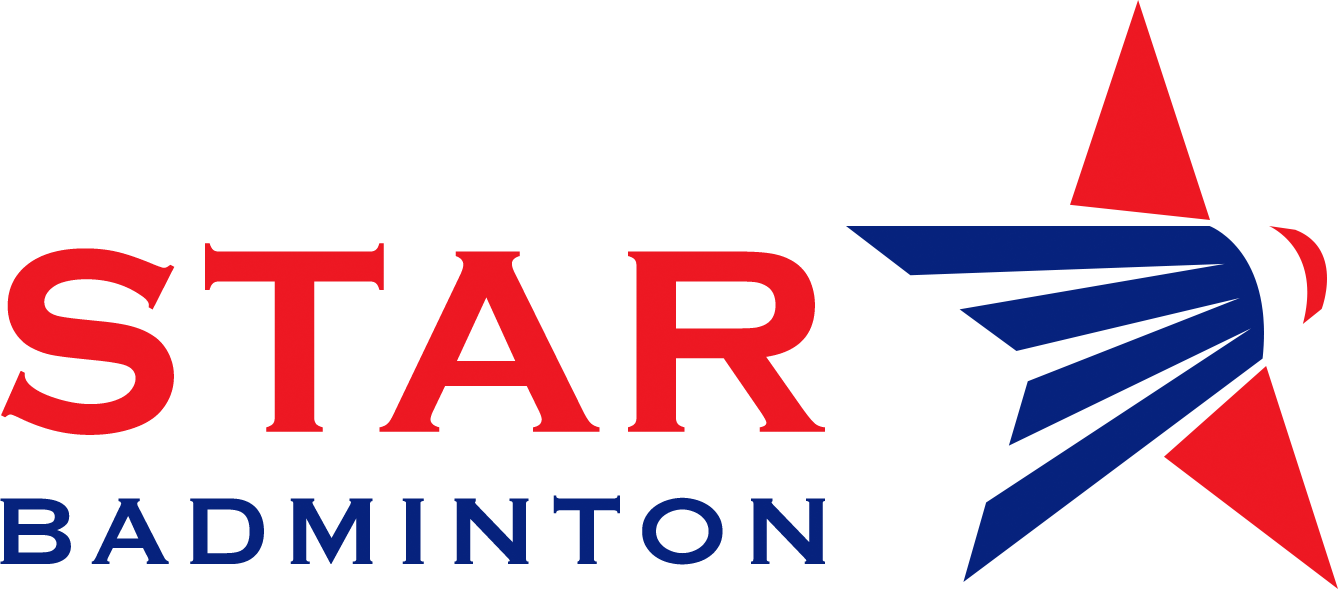Out of the many factors to consider when choosing a racket, the three major ones are the stiffness, the weight and the balance. In an earlier post, we discussed about the Balance. In this article, we will focus on another critical factor, which is the Weight of the racket.
Brand Conventions
Different racket companies have different units for representing the weight of their rackets. For eg. companies like Yonex and Apacs use the U scale so that the rackets are rated as follows
| Rating | Weight (g) |
| 2U | 90 to 94.9 |
| 3U | 85 to 89.9 |
| 4U | 80 to 84.9 |
| 5U | 75 to 79.9 |
Similarly, Li-Ning uses W1 to W3 rating for its rackets, where the higher number indicates a heavier racket.
| Rating | Weight (g) |
| W1 | 72 to 80 |
| W2 | 81 to 84 |
| W3 | 85 to 89 |
Note that these weights are measured before the strings are attached. Usually, the most common rackets used by players will be in the 80 to 90g weight range.
How It Matters
In general, heavier rackets provide additional momentum which will add to the power of your shots. However, on the flip side, heavier rackets make it more difficult to recover from shots due to this extra momentum. Additionally, heavier rackets require more strength in your wrist and shoulders. This can lead to injuries if used by inexperienced players.
Hence, a heavier racket would be beneficial In situations where the rallies take place at a slower pace like in singles. Whereas in doubles where the rallies take place at an extremely fast pace, the reaction time needs to be very small and hence a lighter racket would be more beneficial.
Our Recommendations
Our coaches at Star Academy always recommend lighter rackets (around 80g) to our students in the beginner batches. As the students’ skill and strength increase, our coaches recommend rackets depending on their style of play. For example, an offensive player will be recommended a slightly heavier racket.

